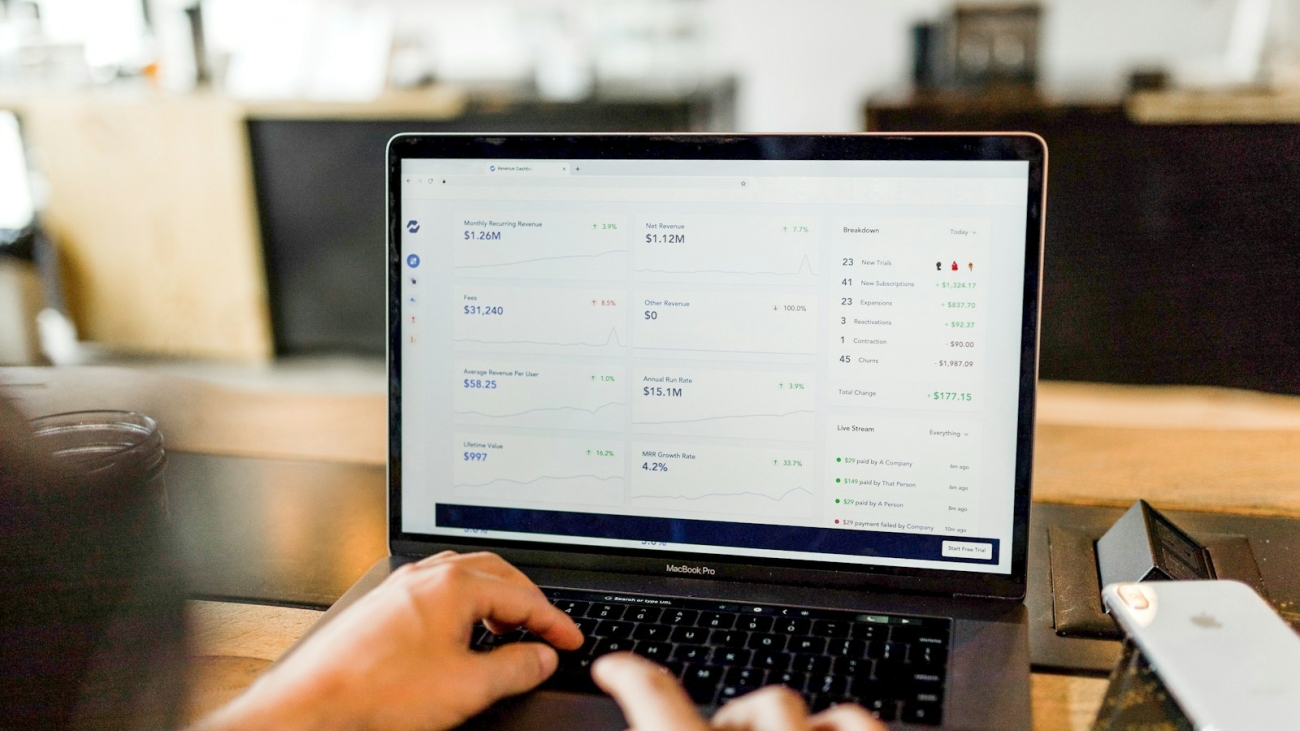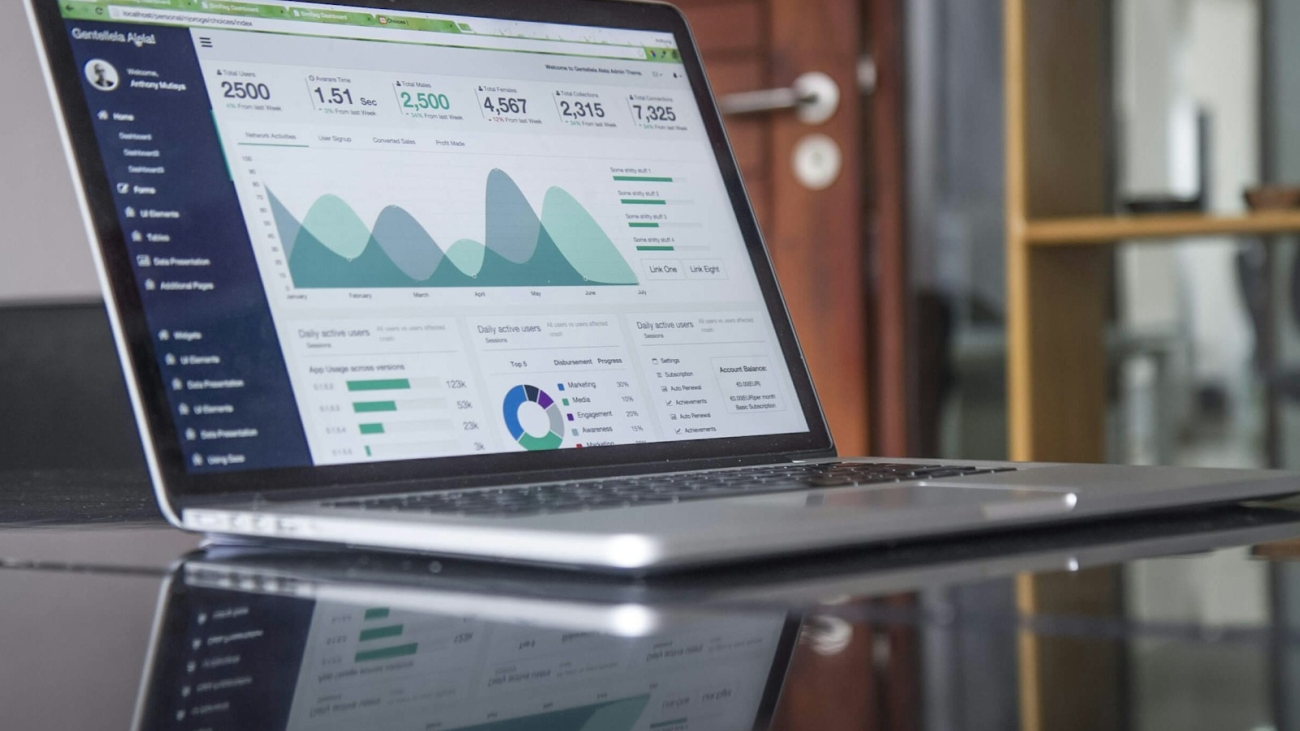When managing a hotel, whether you’re located in a bustling city like Mumbai or a serene destination in the Maldives, making smart, data-driven decisions is key to maintaining profitability and ensuring a consistent flow of guests. One of the best ways to navigate the complexities of the hospitality industry is through effective revenue management. And for that, having the right reports at your fingertips is crucial.
In this post, we’ll unlock the “unsolved mysteries” of hotel revenue management and show you how using the right reports can drive better decisions, increase occupancy rates, and boost profitability. Whether you’re managing a luxury resort or a budget-friendly hotel in India or catering to international travelers, these essential revenue management reports will help guide your strategy.


Revenue Per Available Room (RevPAR): The Gold Standard of Hotel Performance
RevPAR is one of the most important metrics in hotel revenue management. It measures the revenue generated per available room, taking both occupancy and average daily rate (ADR) into account. This report helps you assess your hotel’s overall performance by giving you a snapshot of how efficiently you’re using your room inventory.
- Why it matters: A higher RevPAR means you’re optimizing both your occupancy rate and room rates effectively.
- How to use it: Track RevPAR over different time periods to identify trends and adjust pricing strategies. You can also compare RevPAR to similar properties in your area, whether you’re in India’s competitive tourism hotspots or a global destination, to gauge your performance.
Average Daily Rate (ADR): Mastering Your Room Pricing Strategy
The Average Daily Rate (ADR) tells you the average rental income per occupied room, which is essential for understanding how well you’re pricing your rooms. This metric can indicate whether you’re charging too little or too much for your rooms relative to market conditions.
- Why it matters: High ADR means you’re making more money per guest, but if it’s too high, you may scare off potential customers.
- How to use it: Compare your ADR to similar hotels, both locally and internationally. If your ADR is significantly higher or lower than your competitors, it could indicate a pricing strategy adjustment is needed.


Occupancy Rate: Gauging Demand & Supply
Your occupancy rate shows you what percentage of your available rooms are filled over a specific time period. This helps you understand demand trends and can be a key indicator of how effective your marketing and promotional campaigns are.
- Why it matters: A low occupancy rate signals that your hotel isn’t reaching its potential. High occupancy rates mean you’re tapping into demand, but may need to adjust pricing to capture maximum revenue.
- How to use it: Review your occupancy rates regularly and segment by different traveler types (business, leisure, group bookings) or seasons. This will help you spot peak seasons and identify areas where you may need to increase marketing efforts or adjust rates.
Market Segment Performance Reports: Tailoring to Specific Audiences
Travelers come in all shapes and sizes. From families on vacation in India to solo business travelers visiting Europe, market segmentation reports allow you to track how different customer segments are performing.
- Why it matters: Understanding which market segments are driving the most revenue helps you tailor your offerings and marketing campaigns.
- How to use it: Use this report to assess whether you’re attracting the right kind of guests for your hotel. If you’re targeting luxury travelers in Delhi but attracting mostly budget-conscious backpackers, you may need to rethink your positioning and promotional strategies.
Booking Pace Report: Predicting Future Demand
The Booking Pace report shows how far in advance customers are booking rooms, which is an excellent tool for forecasting demand. By analyzing the pace of bookings, you can make more informed decisions about pricing and availability.
- Why it matters: Early booking patterns allow you to anticipate high-demand periods and adjust your pricing strategy accordingly.
- How to use it: Use booking pace reports to adjust your pricing ahead of peak seasons, festivals (like Diwali in India), or international holidays (such as Christmas or New Year’s). This will help you maximize revenue during these high-demand times.


Competitive Set (Comp Set) Reports: Stay Ahead of the Competition
Competitive set reports give you insights into how your hotel is performing in comparison to others in the same market or destination. These reports help you monitor your competitors’ pricing, occupancy, and promotional activities.
- Why it matters: Staying competitive is essential for attracting guests. If your competitors are offering discounts or unique packages, you may need to adjust your strategy to remain attractive.
- How to use it: Regularly review your comp set reports and adjust your rates or packages based on the competitive landscape. This is especially useful for hotels located in highly competitive tourist destinations, such as Goa or Bali, where price sensitivity is high.
Revenue Forecasting Reports: Predicting Future Revenue Streams
Revenue forecasting helps you predict how much revenue you can expect in the upcoming months based on current booking trends, historical data, and market conditions. With accurate forecasts, you can make more strategic decisions about staffing, pricing, and promotions.
- Why it matters: Forecasting allows you to allocate resources more efficiently and avoid over- or under-booking.
- How to use it: Use forecasting reports to adjust your pricing strategies ahead of peak periods, manage your resources, and plan for special events or seasonal surges.
Length of Stay (LOS) Reports: Understanding Guest Behavior
Understanding the typical length of stay (LOS) of your guests is essential to optimizing room availability and pricing. Short-term stays can be more profitable per night, but longer stays offer steadier occupancy and fewer turnover costs.
- Why it matters: Knowing the average length of stay allows you to optimize pricing for different types of bookings.
- How to use it: Track LOS patterns across different seasons and segments, such as international tourists or local business travelers. This will help you develop targeted pricing strategies, such as offering discounts for extended stays.
Cancellation and No-Show Reports: Minimizing Losses
Cancellations and no-shows are a constant challenge for hotel revenue managers. These reports show you how many guests have canceled their bookings or failed to show up, and help you understand why this happens.
- Why it matters: High cancellation rates or no-shows can significantly impact your bottom line, leading to lost revenue and wasted room inventory.
- How to use it: Regularly review cancellation reports to identify trends. Are cancellations higher during certain seasons? If so, consider implementing non-refundable booking options or more flexible cancellation policies to reduce losses.
Conclusion: Data-Driven Decisions for a Profitable Future
In the fast-paced and highly competitive hospitality industry, the ability to make informed, data-driven decisions is more important than ever. By leveraging these essential revenue management reports, hotel managers can not only solve the “mysteries” of hotel performance but also create a more strategic and profitable business model. Whether you’re catering to Indian travelers seeking a luxury retreat or attracting international guests with your boutique property, these insights will empower you to adapt to market trends and maximize your hotel’s revenue potential.
By mastering the use of these reports, you can ensure your hotel stands out in both local and international markets, providing your guests with a better experience while increasing your bottom line.































